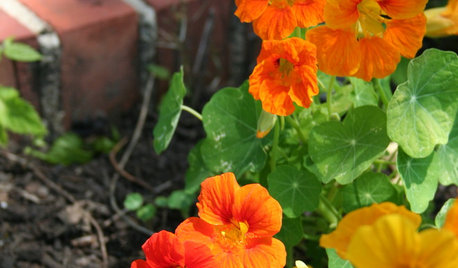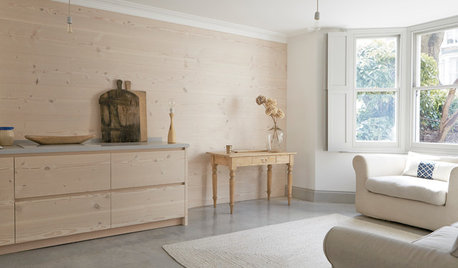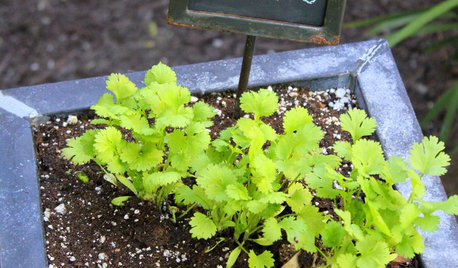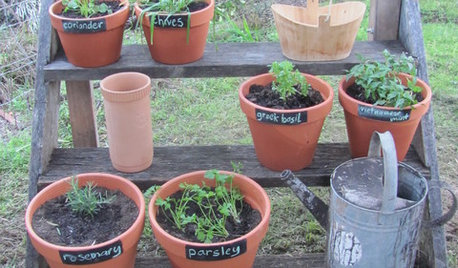How to keep herb garden from washing away
clueless_in_alabama
14 years ago
Related Stories

PETSGarden Alert: 22 Plants to Keep Away From Pets
Avoid potential danger by keeping dogs and cats away from these landscaping and houseplant favorites
Full Story
GARDENING GUIDESDon’t Let These Excuses Keep You From Gardening
Stop blaming your lack of experience, space, time and funds, and get on with the joy of garden making
Full Story
HOMES AROUND THE WORLDHouzz Tour: Streamlined Family Home Keeps Its Storage Tucked Away
In this modernized London Victorian, the focus is on letting beautiful materials and soothing colors shine
Full Story
TRAVEL BY DESIGN11 Amazing Home-Away-From-Home Tree Houses Around the World
Go climb a tree — and spend the night. Tree house hotels and lodges are booming as exotic vacation alternatives
Full Story
VINTAGE STYLEGet Away From It All in a Glamper
A glammed-up camper can transport you to a happy place, whether in your yard or on the highway
Full Story
GARDENING GUIDESHerb Garden Essentials: Versatile Cilantro Adds Flavor to Herb Gardens
Love it or hate it, this cool-season herb contributes its unique flavor to any number or the world’s cuisines
Full Story
EDIBLE GARDENS12 Essential Herbs for Your Edible Garden
Make home cooking and drinks even better with herbs plucked from your own backyard or windowsill pot
Full Story
Étagère Herb Gardens Keep Flavor Within Reach
Simple stepladder-style herb gardens are easy to maintain indoors or out, for fresh dish additions anytime
Full Story
LIFEHow Your Landscaping Can Keep Burglars Away
Prevent home break-ins with strategic landscaping and good practices instead of menacing — and maybe less effective — measures
Full Story
SUMMER GARDENINGHow to Grow Basil
Bright color, quick growth and endless uses for cooking make this summer annual a winner in the garden or a pot
Full Story









Daisyduckworth
clueless_in_alabamaOriginal Author
Related Professionals
Tempe Landscape Contractors · Barrington Landscape Contractors · Battle Ground Landscape Contractors · Berkley Landscape Contractors · Burien Landscape Contractors · Columbine Landscape Contractors · Duarte Landscape Contractors · Mount Kisco Landscape Contractors · Plainview Landscape Contractors · Suisun City Landscape Contractors · Dallas Roofing & Gutters · Fort Myers Roofing & Gutters · Mooresville Roofing & Gutters · Orlando Roofing & Gutters · Vista Park Roofing & Guttersmaifleur01
Daisyduckworth
rhizo_1 (North AL) zone 7
fatamorgana2121
clueless_in_alabamaOriginal Author
cyrus_gardner
clueless_in_alabamaOriginal Author
rhizo_1 (North AL) zone 7
lazy_gardens